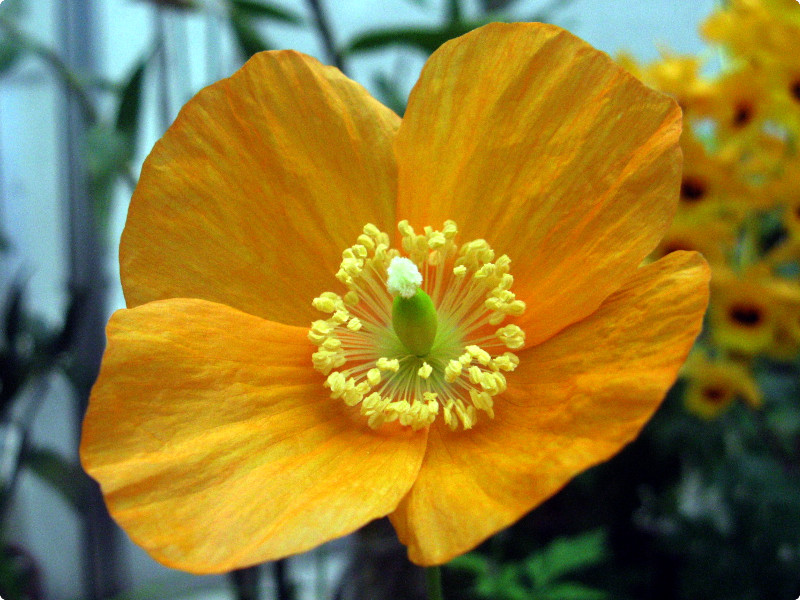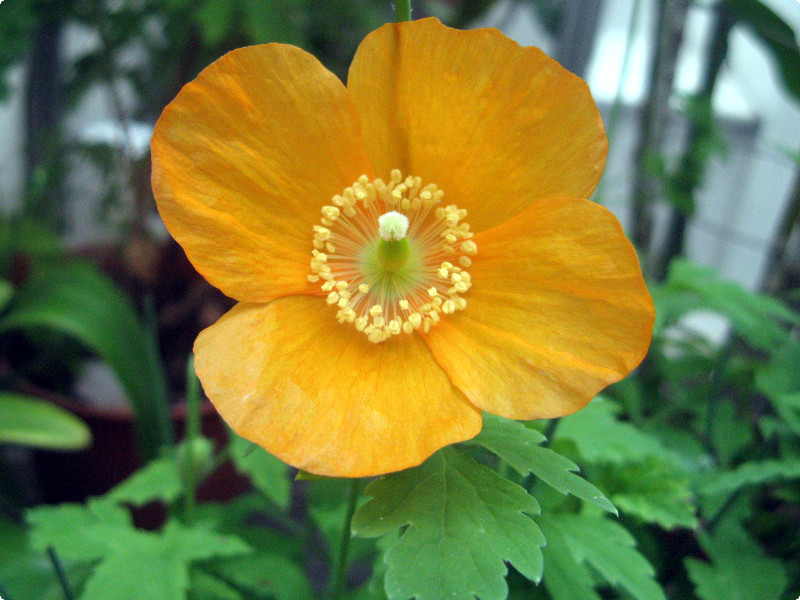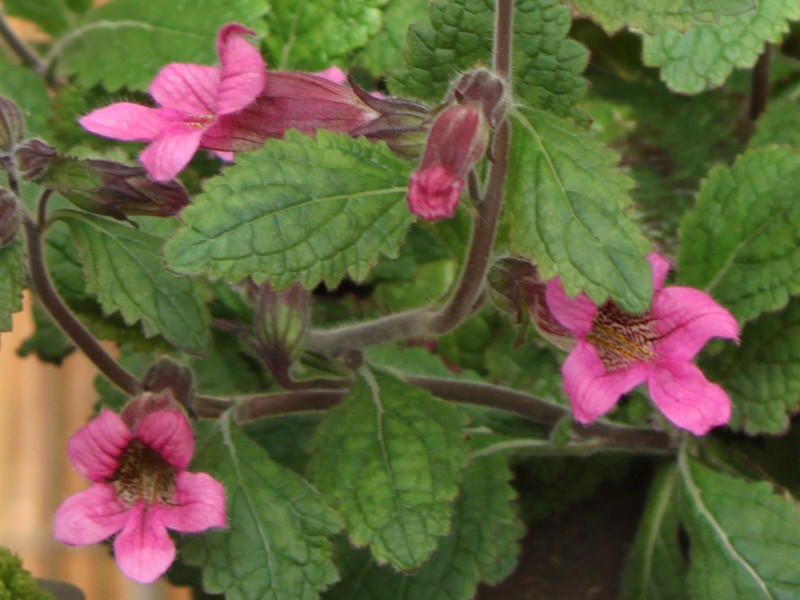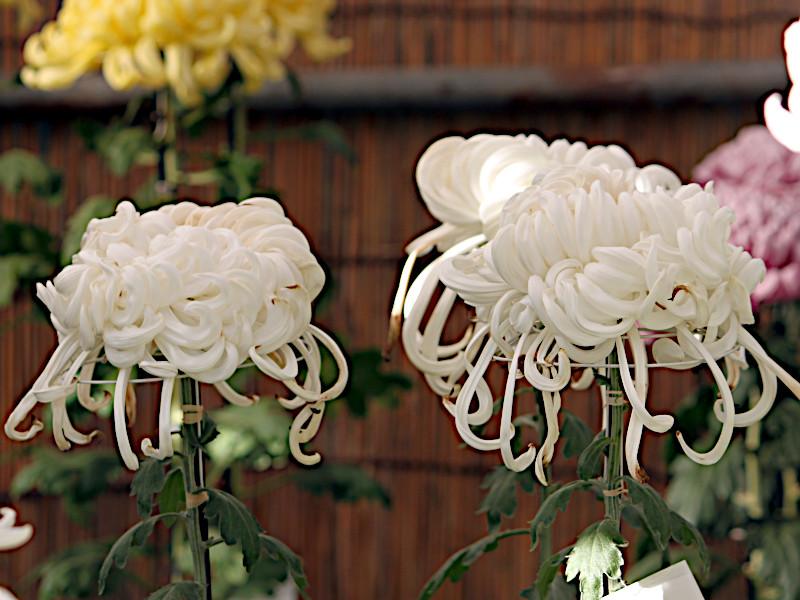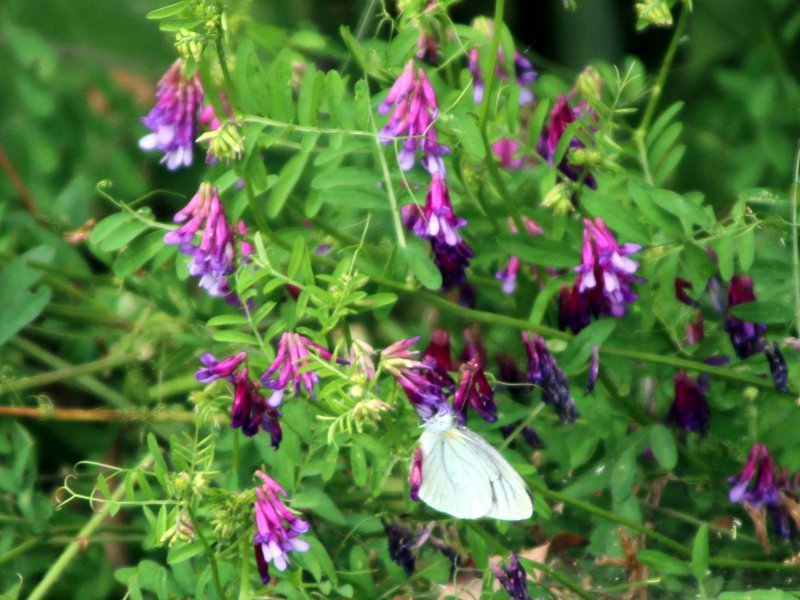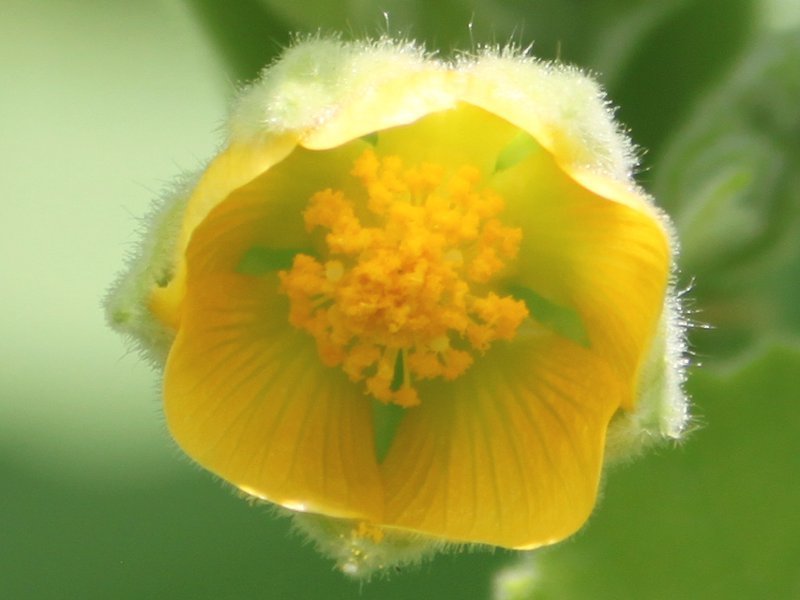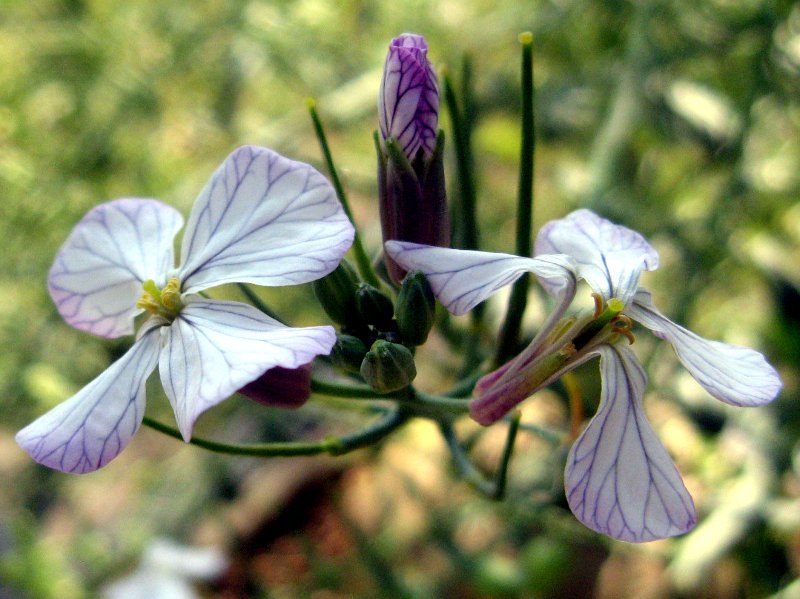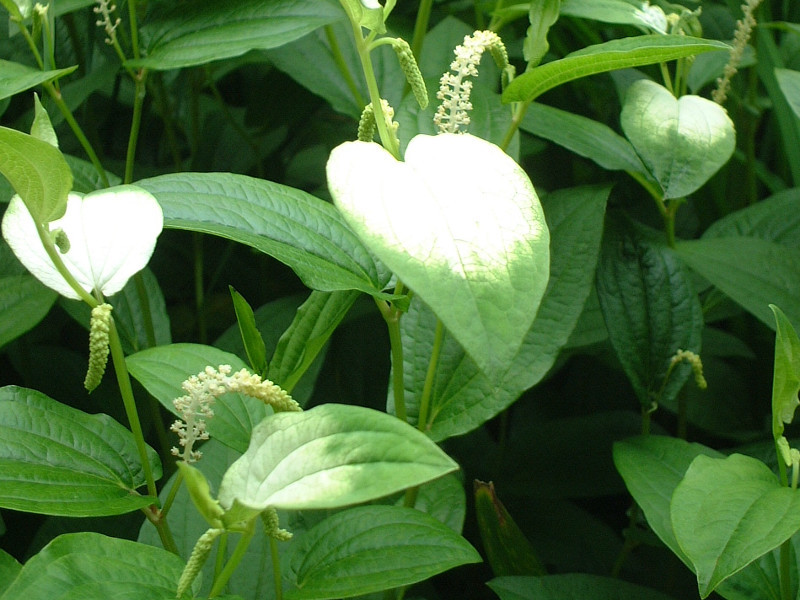Papaver cambricum
- Flower namePapaver cambricum
- Scientific namePapaver cambricum
- AliasWelsh poppy, ウェルシュ・ポピー
- Place of originWestern Europe
- Place of floweringLow mountains, Horticultural species, Specific area
- Flowering seasonMay, June, July
What is Papaver cambricum
Papaver cambricum or Meconopsis Cambria (Scientific name: Papaver cambricum) is a cold-tolerant perennial of the poppy family Papaveraceae native to Western Europe. It produces yellow to orange flowers on the tips of its stems in spring to summer.
It is so easy to grow that even spilled seeds can germinate, whereas other Meconopsis species have a low seed germination rate and are difficult to grow. While many hairy Meconopsis spp. are hairy, this species is nearly hairless. The horticultural variety has many flower colors, yellow, orange and vermilion. The leaves are green and fern-like and deeply lobed. Most Meconopsis is also found in the Himalayas, China and the Tibetan Autonomous Region. While M. cambrica is native to the high mountains and low temperature zones of Asia, Meconopsis cambrica (M. cambrica) is found in the lowlands of Western Europe (Pyrenees Mountains, England, Spain, France, etc.). cambrica) is found in Western Europe (the Pyrenean lowlands, England, Spain, France, etc.), whereas M. cambrica is found in the high mountains and high altitudes of Asia. etc.).
There is only one other species that grows wild in California. It is called 'Welsh poppy' in English, probably because it is found in the Welsh region of England.
In the same genus is the Himalayan blue poppy (Meconopsis grandis, and Meconopsis grandis Prain).
Common name: Meconopsis cambricum, Scientific name: Papaver cambricum, synonym. Meconopsis cambrica, also known as Welsh poppy, Place of origin:Western Europe Pyrenean lowlanders, Spain, France etc., Height: 30-60 cm, Flower color: yellow/yellow Orange and vermilion, flower diameter: 7 cm, flowering season: May-July.
